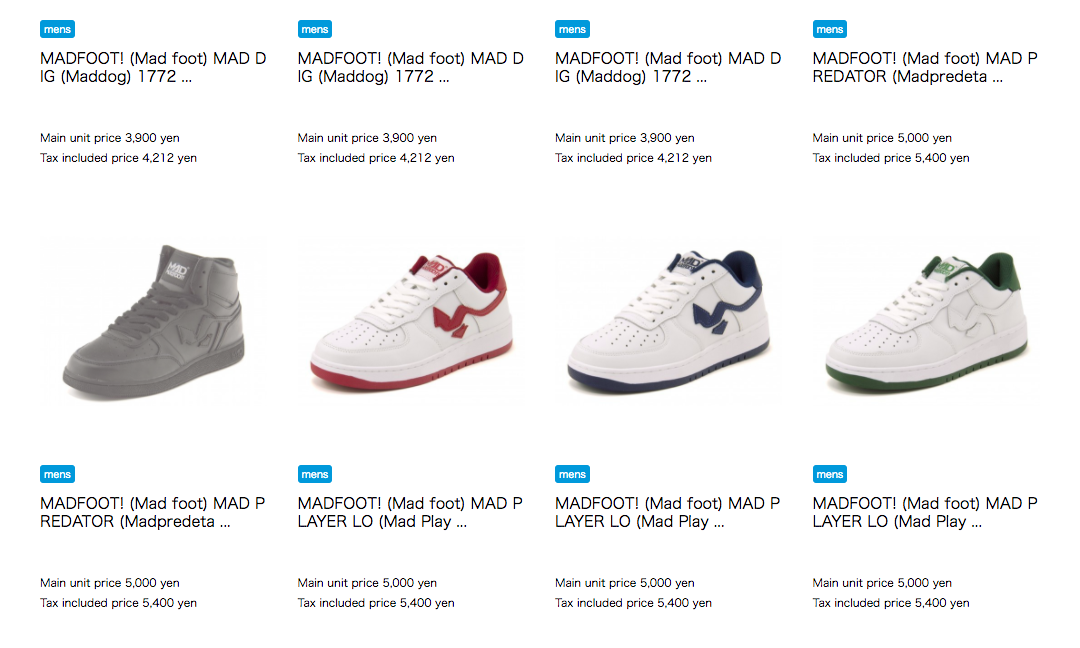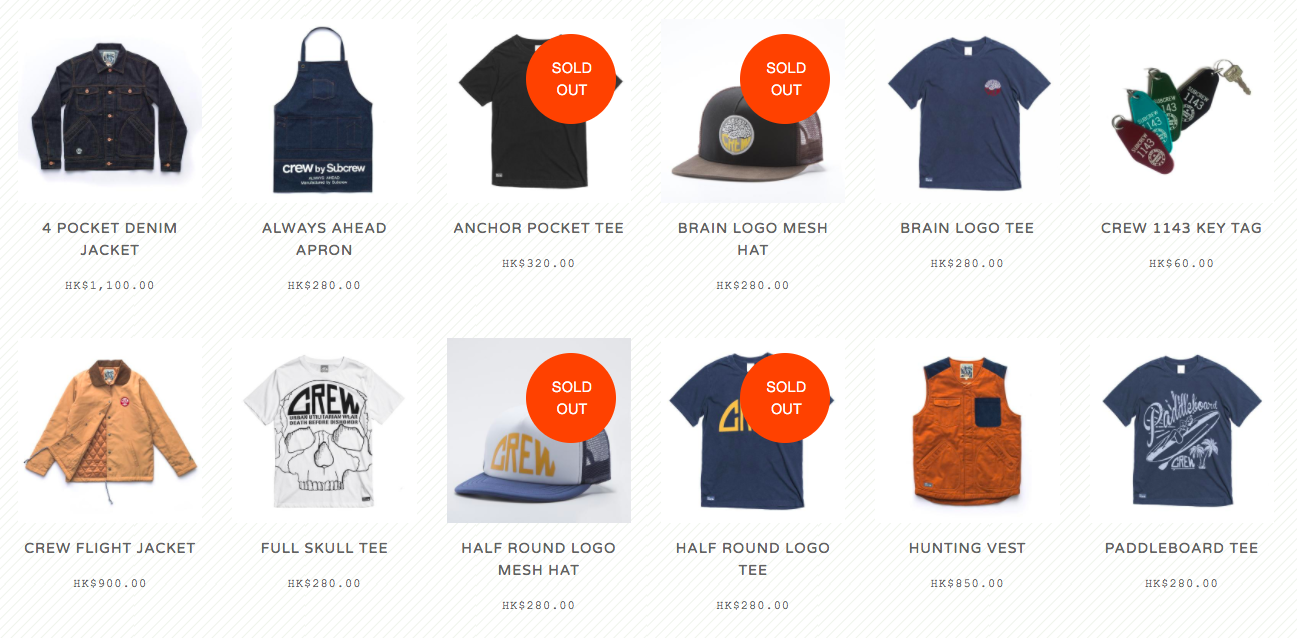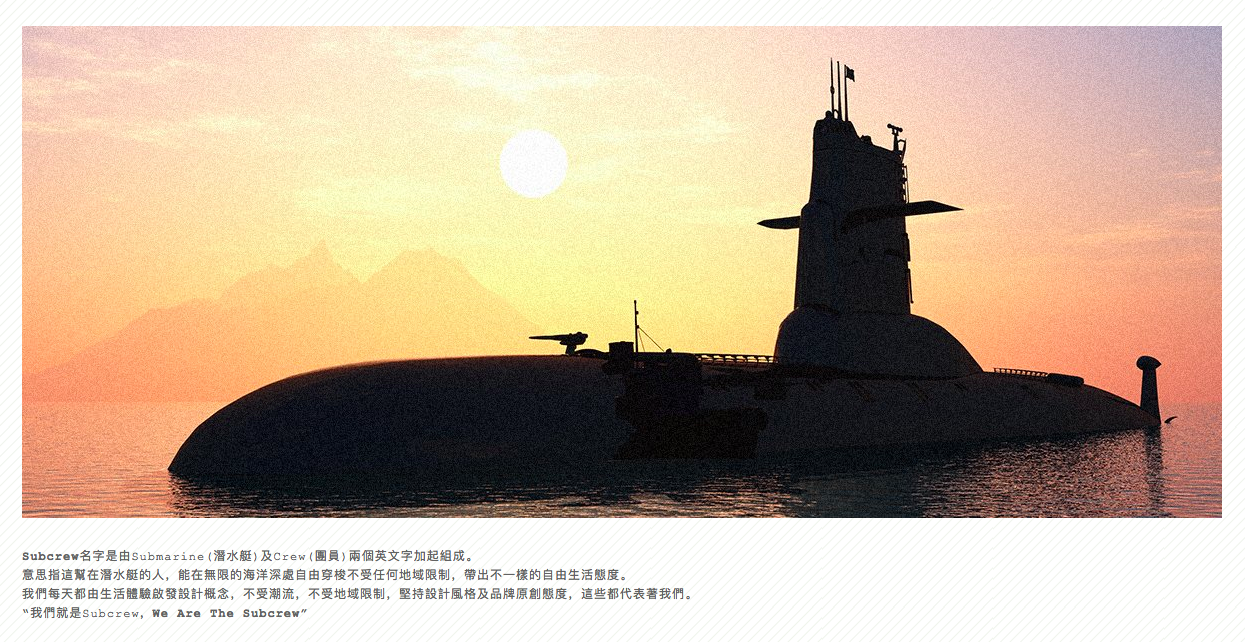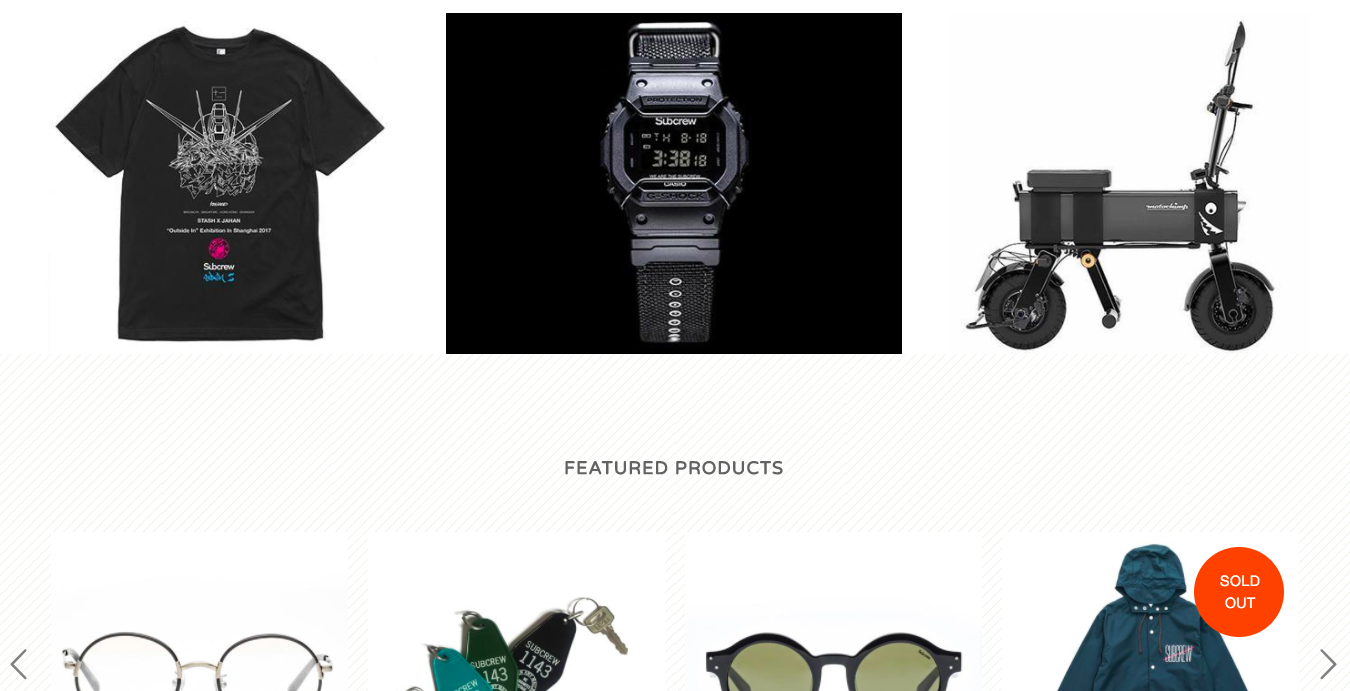Nothing much has changed since the late 80’s and 90’s…attention is still king in the game of sales. When I say “sales”, don’t be alarmed, to some people that word sends off red flags. When you think about it, everything involves sales because we all make a decision to consume products or services from any given industry.

The general sales formula is: get users attention–>product offering–>call to action–>secure investment–>deliver product. The first step of acquiring attention is the most critical. The battle for consumers’ hearts, minds and wallets won’t be won without establishing attention. Sure, users love new designs and there’s always room for innovation. However, the sad truth is that for the most part users don’t see that much difference among competing brands – unless they’re loyal followers of a cult brand like Subcrew®, DFFRNTWRLD® or Madfoot!

So the question becomes, how can I generate maximum attention for my product in a way that intrigues my users to purchase again and again? Should you hire a social media influencer, co-brand with a famous rapper, or do some attention grabbing stunt? Is this HYPE or nah? Webster defines hype as extravagant or intensive publicity or promotion. In the past, generating hype was limited to popular blog post, artist co-sign, or national publicity. That route is becoming saturated as millions of brands flood to social channels daily. To get past the fog and noise in the industry, you could implement user centric hype design.

Empathize, define, ideate, and test. You can’t walk down this road without immersing yourself in your user’s perspective. So, empathy is the first big step and that begins with overstanding what excites your users. Demographic and psychographic information is imperative to this step and should be explored prior to campaign(attention) release. Plan to design the hype for your users in steps.

Heres how you can organize this, get familiar with hype cartography. Otherwise known as customer journey maps, these clarify what customers try to do, what barriers they face, and how they feel during each interaction with your product or service. Refining these smaller steps, such as how people complete a purchase online or share your brand, is a primary way that journey maps build hype and improve the customer experience. Again, these insights can only happen when brands begin implementing user centric hype design. What makes Joe hyped to buy may not make Jay hyped to buy. Know the difference and use it to your advantage.

